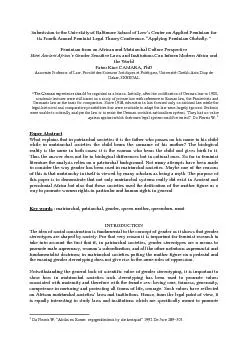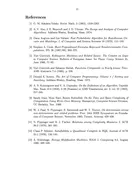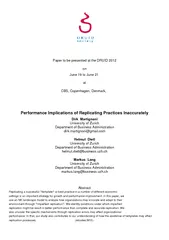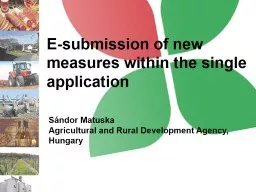PDF-Submission to th Univrsity of Baltimor School
Author : trish-goza | Published Date : 2015-09-01
its Fourth Annual FxF065minist LxF065gal ThxF065ory ConfxF065rxF065ncxF065 x201CApplying FxF065minism Globallyx201D Feminism from an African and Matriarchal Culture
Presentation Embed Code
Download Presentation
Download Presentation The PPT/PDF document "Submission to th Univrsi..." is the property of its rightful owner. Permission is granted to download and print the materials on this website for personal, non-commercial use only, and to display it on your personal computer provided you do not modify the materials and that you retain all copyright notices contained in the materials. By downloading content from our website, you accept the terms of this agreement.
Submission to th Univrsity of Baltimor School: Transcript
Download Rules Of Document
"Submission to th Univrsity of Baltimor School"The content belongs to its owner. You may download and print it for personal use, without modification, and keep all copyright notices. By downloading, you agree to these terms.
Related Documents













